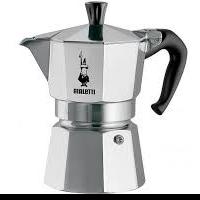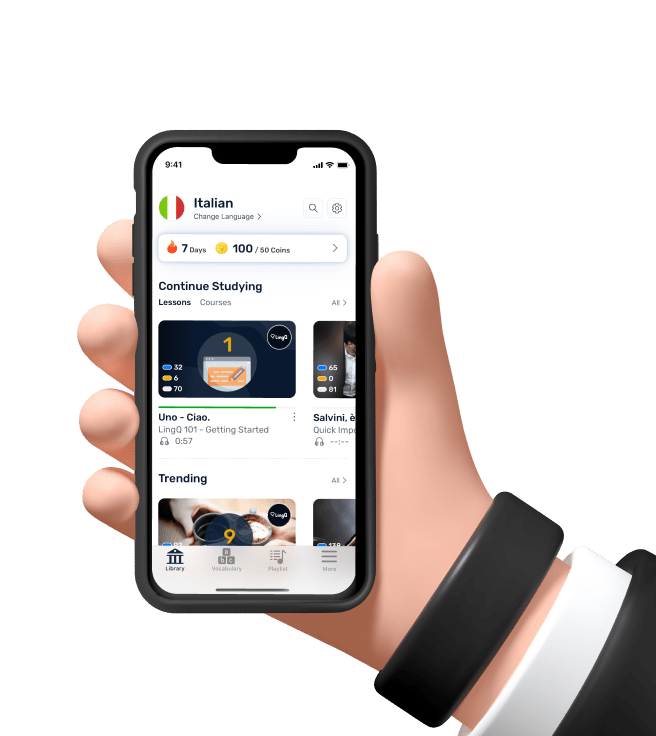Come fare un caffè con la “moka” (seconda parte)
Istruzioni per la preparazione
Per chi usa per la prima volta una caffettiera “moka”, vediamo come procedere:
- Si inizia a svitare la parte superiore (bricco) da quella inferiore (caldaia) e si toglie il filtro ad imbuto.
- Ora si deve riempire la caldaia con l'acqua (minerale o del rubinetto). Quanta acqua? Versarne fino a raggiungere la valvola di sicurezza posta nella parte superiore della caldaia. E' bene non superare questo livello, perché è il giusto rapporto fra caffè e acqua. Inoltre non si deve mai usare acqua calda per risparmiare tempo; essa deve essere sempre e solo fredda.
- Dopo aver riempito la caldaia con l'acqua, porre sopra il filtro a imbuto e iniziare a mettere la polvere di caffè. Quanto caffè? Dipende: se lo si vuole leggero, bastano pochi cucchiaini, se lo si preferisce più forte, aggiungerne un po' di più ma senza fare pressione, e livellare con il cucchiaino.
- Ora avvitare la parte superiore della “moka” a quella inferiore, ma senza forzare e porla sul fornello. Accendere a fuoco basso e attendere che il caffè fuoriesca, passando dalla caldaia al bricco. I tempi di attesa dipendono dalle dimensioni della caffettiera e da quanto tempo l'acqua presente nella caldaia impiega a bollire prima di raggiungere il bricco.
- Quando il caffè ha quasi terminato di uscire e riempire il bricco (si inizierà a sentire un “borbottio”), spegnere il fuoco e lasciare riposare per qualche secondo.
- C'è chi mescola il caffè con un cucchiaino prima di versarlo nelle tazzine, perché l'ultima parte del liquido che è uscito è maggiormente diluito.
- Versare il liquido nelle tazzine da caffè e zuccherare a piacere (c'è chi lo ama e beve senza zucchero ma risulta amaro!)

